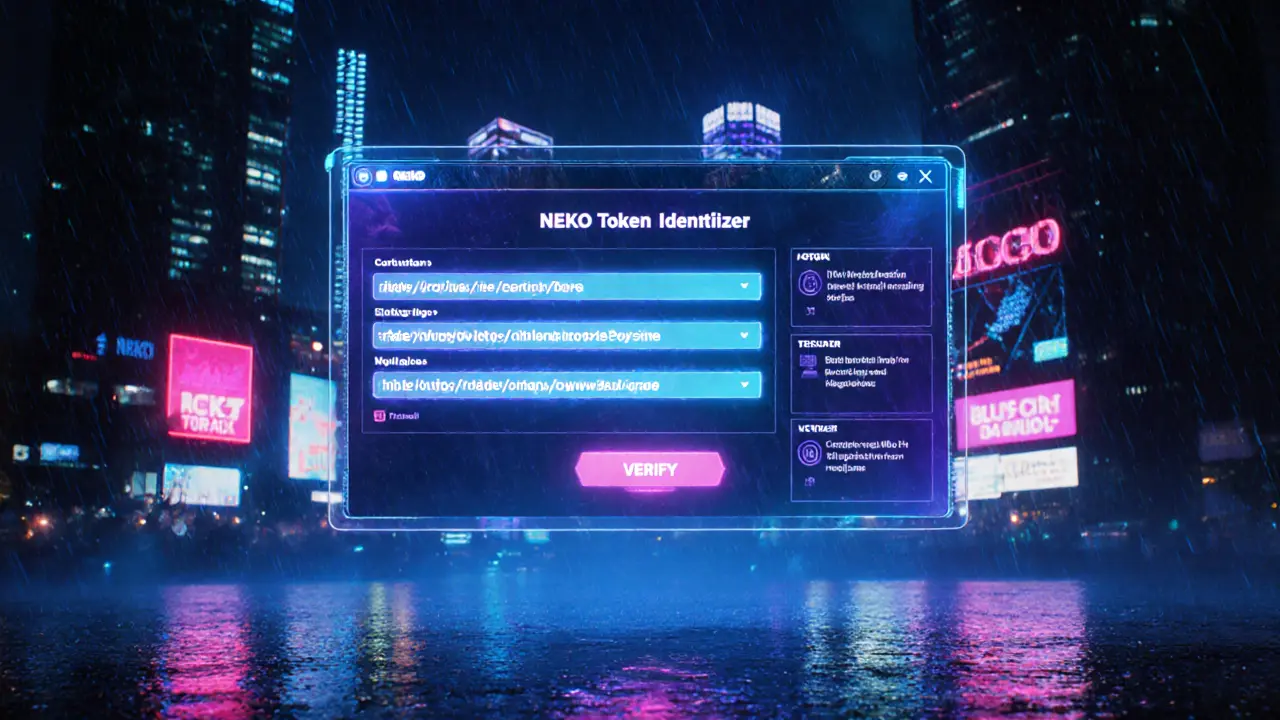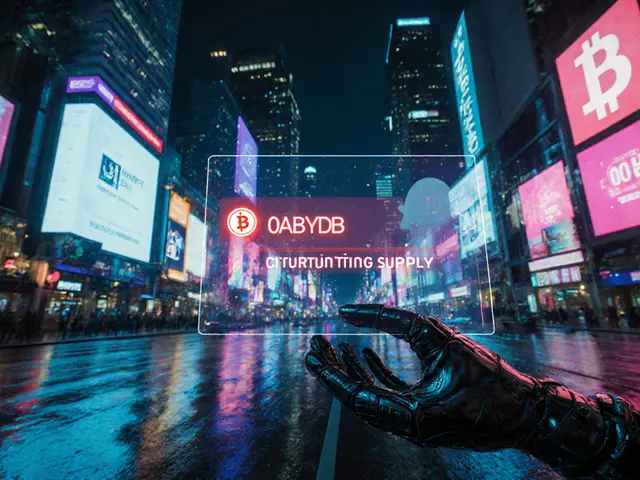
NEKO Airdrop – Everything You Need to Know
When you hear about NEKO airdrop, a free distribution of the NEKO token to qualifying crypto users. Also known as NEKO token giveaway, it is a type of crypto airdrop, a promotional token drop that rewards participants without purchase. To qualify, you must meet specific eligibility criteria, rules such as wallet holdings, social actions, or KYC verification. The claim process, the steps to receive the tokens after verification is straightforward but requires careful attention to avoid scams.
Eligibility for the NEKO airdrop usually hinges on three main factors. First, you need a wallet that supports ERC‑20 tokens and has been active on the Ethereum network in the last 30 days. Second, many projects ask you to complete simple tasks—like following their Twitter, joining a Discord, or retweeting a post—to demonstrate community interest. Finally, a small KYC step may be required to comply with anti‑money‑laundering rules. Each of these checks builds a profile of genuine participants and filters out bots. By meeting all three, you position yourself to receive the full airdrop allocation.
The claim process begins once the snapshot date passes. Log into the official NEKO airdrop portal, connect your compatible wallet, and confirm the address that appeared in the snapshot. After you submit the form, the system validates your eligibility against the snapshot data. If everything checks out, you’ll receive a confirmation email with a claim link. Click the link, sign the transaction using your wallet, and the NEKO tokens will appear in your balance within a few minutes. Remember, the platform never asks for private keys—only a signature to prove ownership.
Scam prevention is critical because airdrop hype attracts phishers. Always double‑check the URL; the official site will use a https domain with the project's name, not a random string of characters. Verify announcements on the project's verified Twitter and Discord channels—look for the blue verification badge. Never share your seed phrase or private key; legitimate airdrops never require them. Using a hardware wallet adds an extra layer of protection, as signing occurs offline. If something feels off, pause and research before you click any button.
Understanding NEKO’s tokenomics helps you decide whether to hold or sell the airdropped tokens. The total supply is capped at 100 million, with 10 % allocated to the airdrop. These tokens are unlocked immediately, but some projects impose a short vesting period to prevent market dumps. The token’s utility includes fee discounts on the NEKO marketplace and governance voting rights. Knowing these details lets you plan a strategy—whether you stake the tokens for rewards or trade them on supported exchanges.
How NEKO Airdrop Stacks Up Against Other Drops
Compared with the recent Creator Platform (CTR) airdrop, NEKO’s eligibility is less demanding—CTR required a minimum transaction volume on specific DEXes, while NEKO focuses on community engagement. The CRDT giveaway emphasized a KYC‑only route, which some users found intrusive. NEKO balances both by offering optional KYC for higher rewards but still allows a no‑KYC tier. These differences matter because they affect how quickly you can claim and how many tokens you receive. By looking at past drops, you can gauge the likely timeline for NEKO’s distribution and the potential price impact.
Our collection below pulls together the most relevant guides and deep‑dives for anyone eyeing the NEKO airdrop. You’ll find detailed eligibility checklists, step‑by‑step claim tutorials, safety warnings, and tokenomics breakdowns. Whether you are a beginner learning what an airdrop is or a seasoned trader comparing NEKO to other token giveaways, the articles below give you the actionable insight you need to make an informed move.




